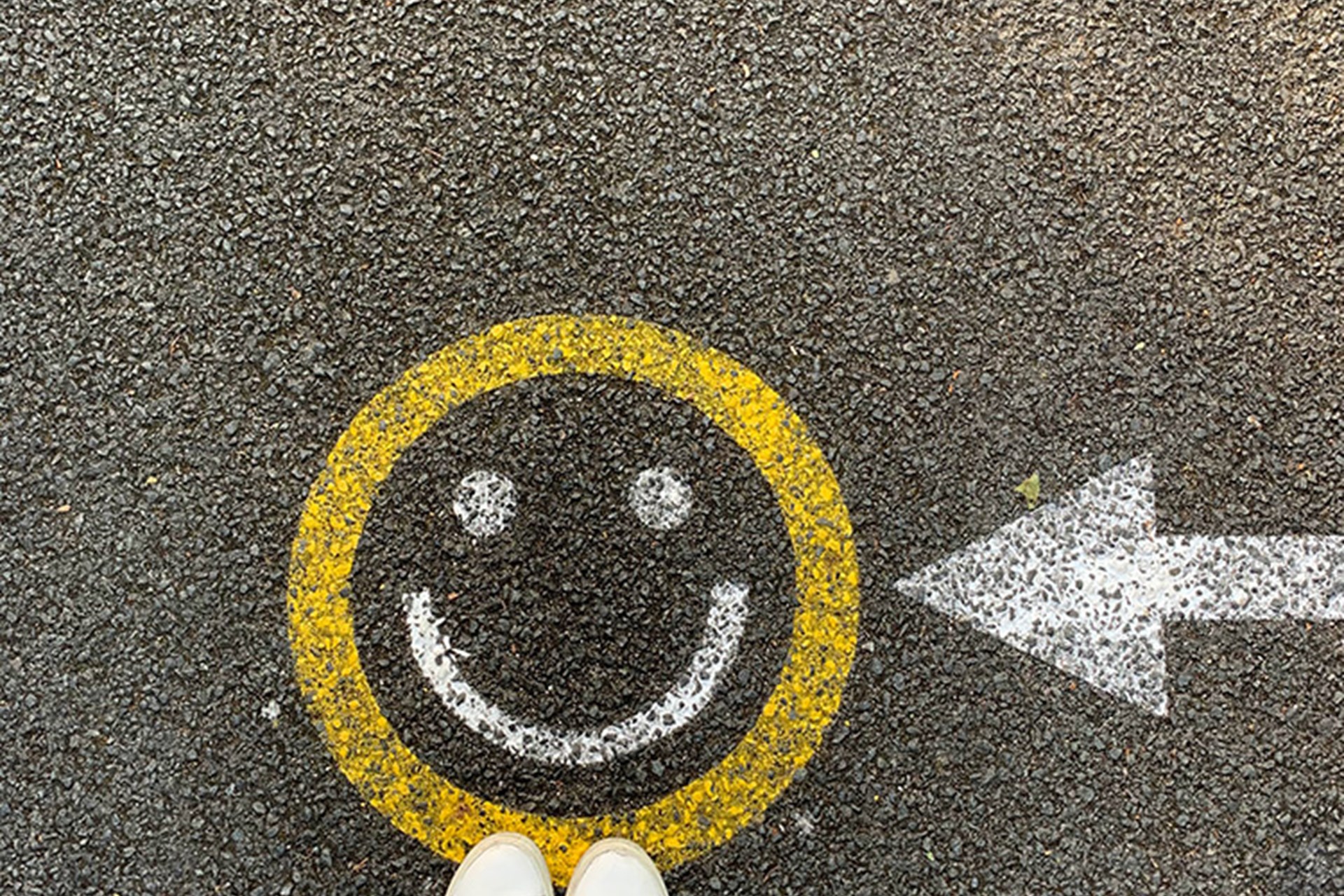Imagine that inside of you there is a box. It is a precious box because it contains all of your pleasant present – past – future emotions. In this special box, there are all the emotions that make you feel good such as joy, satisfaction, gratitude, vitality, excitement, cheerfulness, lightness, etc.
This is your Box of Well-being.
Every time you feel anxious or scared or sad, you can draw positive emotions from this box. Every time you feel satisfied, lively and cheerful you can put new positive emotions inside.
Close your eyes for a few seconds and imagine how this box looks like. Imagine its shape, its colour, its size, how it is made. Once you have a clear image of your box of well-being, if you want, you can draw it.
Step 1: Think about a positive episode of your life, in which you experienced a sense of wellbeing, joy or happiness.
It can be an important event or a moment you experienced personal or professional satisfaction. It could help you having in front of you a photo that represents that episode or even simply imagining that photo.
Step 2: Re-live that experience
Try to re-live that experience fully as if it was today. If you want, close your eyes and bring back to mind the place, the colours, the smell etc. Try to bring it back to mind with as many details as you can.
Step 3: Savour the emotions!
Once you have in your mind that specific episode of your life, take a few moments to re-live the feelings you experienced.
The goal is not to analyse why you felt certain emotions but it is simply to re-live those feelings that arose from that event.
Take some time to enjoy these feelings.
If you want, you can write down what you have in mind that you feel is important. You can also draw a picture that represents the feelings and emotions that this exercise has triggered within you.
Step 4: Write down the name of the emotion that best describes the episode.
Remember to write down the name of the emotion! Do not leave it only in your mind: put it into written words! It could be Joy, Satisfaction, Vitality, Happiness, Hopefulness, Beauty or a word that represents that emotion.
Step 5: Read the emotion or word you wrote.
Take some time to ask yourself:
“In the next days, how can I carry out this emotion in my life? What can I do in the next days to bring even just a little bit of that emotion in my life?”
Write some little project that you could carry out today or in the following days to bring back the emotion you have written about. Here are some examples: to do something you fancy, to call a person who makes you feel good, to have a hot shower, to read a book you like, to write a short story, to write a letter you should have written a long time ago…Choose some small and workable project!
Step 6: Put it into practice!
A good way to draw from the positive emotions you stored into your Box of Well-being (and to fill it with new pleasant emotions) is to put into practice what you wrote and to enjoy the feelings that derive from these actions. In this way, you will become more aware that you can voluntarily trigger some emotions and that you can draw from your Box of Well-being any time you need to.
I wish you from the bottom of my heart that your Box of Well-being is always full and that you become better at using it and at…filling it!

